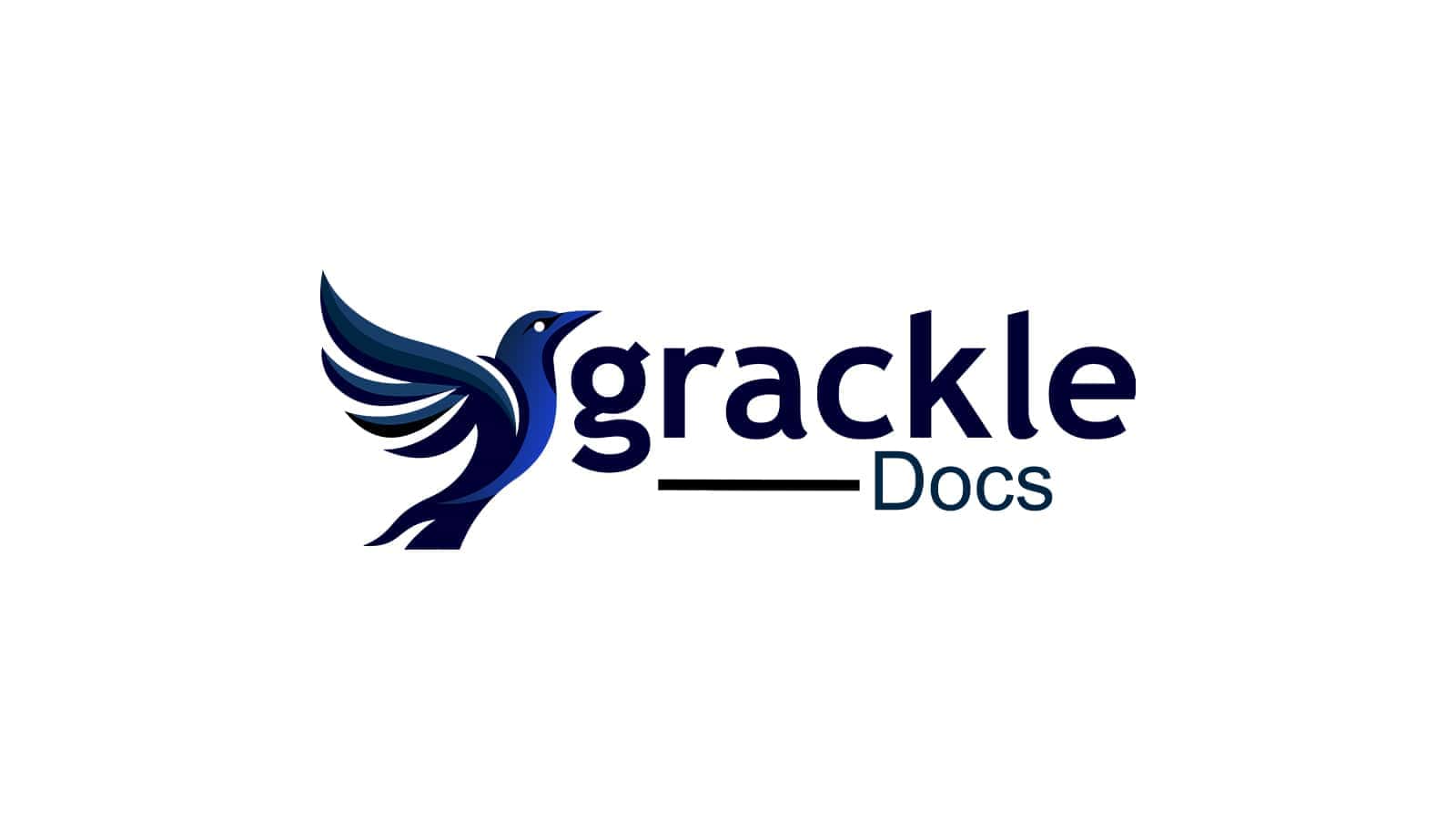Why Digital Inclusion Matters
Accessibility is a core part of inclusivity and a legal requirement. From education to government, healthcare to finance, organizations produce vast amounts of digital content, much of it in PDF format. But, without appropriate care, inaccessible PDFs make it difficult for screen readers to interpret content, prevent navigation through structured headings, and leave images unreadable.
While PDF accessibility is crucial, many organizations struggle to create compliant documents. That’s where remediation comes in. While often used after a PDF has been created – sometimes by a different department or team – remediation can also serve as an educational tool to help users design accessible content from the start. Proactively using relevant tools streamlines remediation and builds long-term accessibility awareness within organizations.
This article explores five key steps any organization can take to build an inclusive digital foundation using remediation, making their PDFs compliant and accessible to all.
1: Assess Your PDFs for Accessibility Issues
The first step in any accessibility strategy is understanding whether your PDFs are accessible – or not. Many organizations unknowingly produce inaccessible documents, assuming they’re fine because they display well visually. However, with PDFs, not everything is as it may first appear. Without proper tagging, structured reading order, and alternative text, screen readers and assistive technologies struggle to interpret the content correctly.
A great way to start is to use a web-based accessibility checker like Grackle GO. This low-cost, low-touch entry point provides instant feedback on uploaded files, helping organizations quickly identify accessibility gaps and determine whether PDF remediation is required.
2: Structure Your Documents with Proper Tagging
PDF accessibility begins with proper document structure. A well-tagged PDF allows screen readers to correctly read all headings, lists, tables, and images. Unfortunately, many PDFs are created without these essential elements, leading to a frustrating experience for users relying on assistive technology.
PDF-utbedring tools like Grackle PDF simplify this process by providing guided remediation to walk users through how to fix common structural issues. Features like auto-tagging and intuitive editing tools make it easy to correct problems, even for those new to accessibility compliance. While many users handle remediation themselves, others prefer to outsource the process to specialist remediation teams – ensuring that even the most complex PDFs are made fully accessible.
3: Ensure Tables and Data Are Readable
Tables are one of the biggest accessibility challenges in PDFs. If not appropriately structured, they can be virtually unreadable to assistive technologies, preventing users from making sense of the data.
A PDF remediation tool enables users to :
- Define row and column headers for clarity
- Merge, split, and adjust tables to fit accessibility standards
For organizations that frequently work with data-heavy PDFs, using a PDF remediation tool can help eliminate potential confusion and ensure table accessibility for all users.
4: Validate and Fix Issues in Real Time
Accessibility requires continuous effort and improvement. Many PDF remediation tools require users to manually test documents, leading to delays and inefficiencies. However, the stronger remediation offerings include built-in validation tools that provide real-time feedback as users make corrections.
These solutions allow users to instantly validate changes against standards such as PDF/UA. This instant feedback loop makes the remediation process fast, reliable, and effective.
Additionally, proactive use of remediation throughout content creation helps users recognize frequent accessibility issues. This, in turn, makes it easier to design future documents with compliance in mind. And, by integrating accessibility into everyday workflows, organizations slowly but surely create a culture of ongoing digital inclusion.
5: Scale Accessibility Efforts Across Teams
Of course, effective accessibility is not about one person doing the right thing — but requires consistent collaboration across teams and departments. Organizations often struggle with consistency because employees create and publish PDFs in unique ways using multiple different tools — without any standardized accessibility practices.
Widespread use of PDF-utbedring enables teams to work together more efficiently, helping users across an organization follow the same accessibility guidelines. However, not every organization has the time or resources to handle remediation in-house. That’s why White Glove Services exist—to provide expert support for organizations that prefer to outsource their accessibility efforts or don’t have the skills in-house to manage the process.
By using a combination of self-service tools and professional assistance, organizations can easily scale their accessibility initiatives. Whether an internal team handles remediation or outsources complex documents, ongoing PDF-utbedring keeps accessibility firmly in focus.
Building an Inclusive Digital Future
Creating accessible content is more than just meeting compliance requirements. Organizations that ensure their PDFs are accessible create a digital foundation that benefits everyone. Their PDF content will always be easy to navigate and usable by all audiences.
The key is to get the process moving. Organizations can start small by using web-based tools like Grackle GO to assess existing documents, quickly identifying accessibility gaps that need attention. The adoption of dedicated PDF remediation tools further enhances the organization’s ability to address accessibility issues in real-time, ensuring even stronger compliance against accessibility standards.
For those teams without the necessary internal skills or with particularly complex PDF documents, outsourcing to external remediation services can prove useful. The increased level of expert assistance can streamline the remediation process while still maintaining high-quality accessibility standards.
Whatever the business, with the right tools and a proactive and inclusive digital approach, PDF accessibility becomes a core, integrated part of content creation. Organizations with this operating ethos will not only become more effective at creating high-quality, accessible content but will also ensure no one is left behind.


